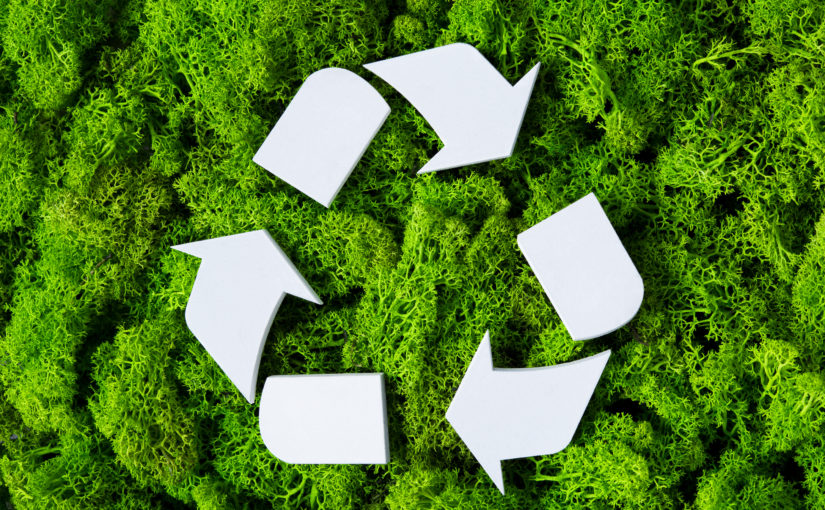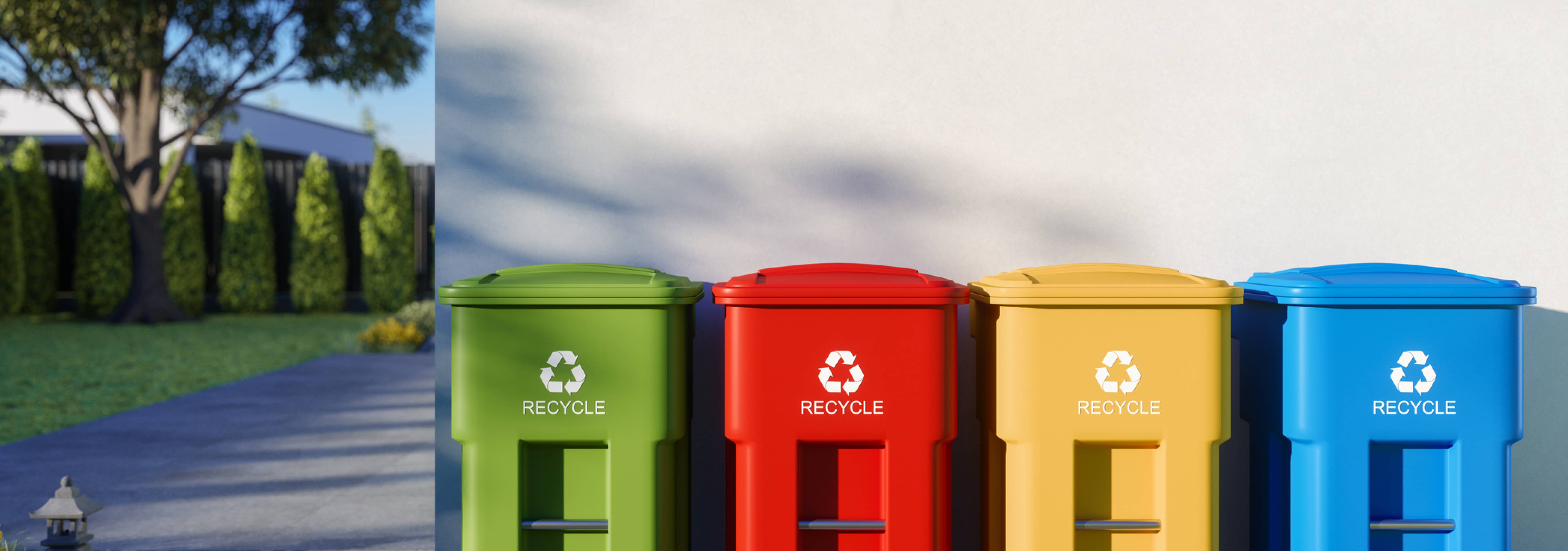Comprehending the Classification and Handling of Numerous Kinds of Waste
Effective waste monitoring is crucial for ecological sustainability, requiring a comprehensive understanding of the category and handling of different waste types. House waste, commercial spin-offs, hazardous products, electronic refuse, and natural remnants each demand distinct methods to make certain safety and lessen eco-friendly damage.

House Waste
Home waste, incorporating a wide selection of disposed of products generated from everyday living tasks, stands for a significant part of the overall waste stream - recycling lives services. This classification consists of natural waste such as food scraps, yard cuttings, and paper items, along with inorganic materials like plastics, steels, and glass. The varied nature of household waste requires efficient category and monitoring to minimize environmental effect and advertise lasting living techniques
Reliable home waste management starts with segregation at the resource, helping with recycling, composting, and secure disposal. Organic waste, as an example, can be composted to create nutrient-rich soil changes, minimizing land fill concern and improving dirt health. Recyclable products, including paper, glass, and particular plastics, can be processed and repurposed, lowering and conserving sources energy usage connected with new material production.
Moreover, harmful household waste such as batteries, electronic tools, and cleaning chemicals needs specialized taking care of to avoid dirt and water contamination. Public awareness projects and convenient disposal options play critical roles in making certain proper disposal and recycling of these materials. By applying durable waste reduction approaches and fostering community involvement, districts can substantially ease the ecological footprint of home waste.
Industrial Waste
Industrial waste, a major contributor to global waste generation, encompasses a varied variety of products generated by production, building and construction, and other commercial activities. Efficient administration of industrial waste is vital for decreasing environmental effect and promoting lasting practices.
The handling of commercial waste commonly includes a number of processes: collection, disposal, treatment, and partition. Collection systems are made to effectively gather waste products from numerous sources within an industrial procedure. Segregation is crucial, as it makes certain recyclable products are separated from non-recyclable ones, which can be guided in the direction of suitable recycling or disposal channels. Therapy processes, consisting of physical, chemical, and biological methods, are used to reduce the poisoning, volume, and ecological impact of the waste. Ultimately, disposal approaches like landfilling or incineration are used for waste that can not be reused or treated.
Embracing strategies such as waste reduction, source recovery, and recycling can dramatically decrease the burden of hazardous waste on the setting, adding to more lasting commercial practices.
Hazardous Waste

Harsh wastes can damage or damage living materials and cells. Flammable wastes can easily fire up, posing fire dangers, while reactive wastes can trigger surges or release poisonous gases upon contact with various other compounds.
Reliable harmful waste monitoring includes numerous essential methods: recognition and segregation of unsafe materials, secure transportation and storage, and ideal treatment and disposal. Treatment techniques might consist of chemical neutralization, stablizing, and incineration. Regulatory compliance is necessary, directed by structures such as the Source Conservation and Recovery Act (RCRA) in the USA, which makes certain eco sound and risk-free monitoring of unsafe waste.
Electronic Waste
Electronic waste, commonly abbreviated as e-waste, stands for an expanding challenge in waste administration because check these guys out of the quick obsolescence of technology. This category includes a broad variety of disposed of digital gadgets, consisting of smart devices, computers, televisions, and household appliances. The complexity of e-waste lies in its composition; these products contain a mix of important materials such as gold and copper, in addition to dangerous compounds like lead, cadmium, and mercury.

Legislation and guidelines, such as the European Union's Waste Electrical and Digital Equipment (WEEE) Regulation, aim to advertise responsible e-waste administration. These plans mandate producers to assist in the collection and recycling of electronic items, thereby minimizing the burden on garbage dumps and minimizing environmental contamination.
Organic Waste
Organic waste, incorporating biodegradable products visit the website such as food scraps, backyard trimmings, and agricultural residues, comprises a significant part of the community solid waste stream. This kind of waste is remarkable not only for its volume yet also for its potential ecological influence otherwise managed properly. Organic waste can disintegrate anaerobically in garbage dumps, generating methane, a potent greenhouse gas adding to climate modification.
Correct handling of natural waste involves several techniques. Composting is a commonly taken on approach, changing natural materials into valuable compost that can enhance soil and support lasting farming. This procedure additionally lowers the quantity of waste sent out to land fills. Another approach is anaerobic digestion, which damages down natural issue in the lack of oxygen, creating biogas that can be made use of as a renewable resource source. Additionally, diverting food waste from landfills via contribution programs can reduce food insecurity while minimizing waste.
Municipalities and companies are progressively recognizing the importance of natural waste monitoring. Applying detailed organic waste recycling programs not just alleviates environmental impacts yet additionally lines up with more comprehensive sustainability objectives, advertising a circular economy where sources are consistently recycled and repurposed.
Conclusion
Effective waste monitoring and environmental protection demand a detailed understanding of the classification and handling of numerous waste types. Household, commercial, dangerous, digital, and organic waste each call for unique procedures for partition, disposal, and treatment. Correct administration minimizes environmental impact, saves sources, and promotes sustainability. Carrying out ideal approaches check it out for each waste kind ensures liable and secure waste monitoring practices, ultimately contributing to the protection of ecosystems and public health.
Effective waste administration is essential for ecological sustainability, calling for a comprehensive understanding of the classification and handling of different waste types.Family waste, incorporating a wide selection of discarded materials generated from daily living activities, represents a considerable element of the total waste stream.Industrial waste, a significant factor to international waste generation, incorporates a varied array of products generated by production, construction, and various other commercial tasks (recycling lives services).Unsafe waste, an important worry in waste monitoring, makes up products that position considerable risks to human health and the environment due to their toxic, harsh, combustible, or responsive homes.Organic waste, encompassing biodegradable materials such as food scraps, backyard trimmings, and farming deposits, constitutes a considerable portion of the municipal solid waste stream